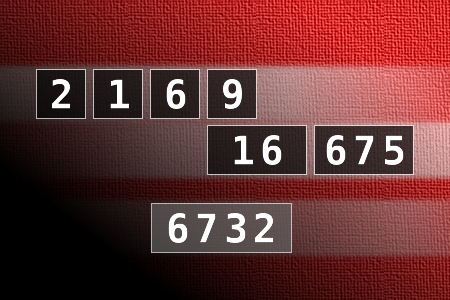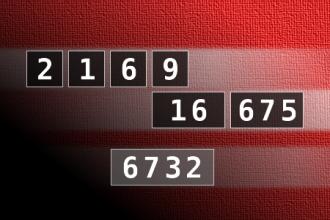Calculate the number 6732
NUMBERMANIA: Calculate the number 6732 using numbers [2, 1, 6, 9, 16, 675] and basic arithmetic operations (+, -, *, /). Each of the numbers can be used only once.Correct answers: 42
The first user who solved this task is Eugenio G. F. de Kereki.
#brainteasers #math #numbermania

Nuns on the Highway
A cop pulls over a car full of nuns.
The cop says, “Sister, the speed limit on this highway is 55 mph. Why are you going so slow?”
Sister replies, “I saw a lot of signs that said 41, not 55.”
The cop says, “Sister, that’s the name of the highway, not the speed limit.”
“Silly me,” the embarrassed nun says. “Thanks for letting me know. I’ll be more careful.”
But then the cop glances in the back seat where the other nuns are quaking with fear.
He asks, “Excuse me, Sister, what’s wrong with your friends?”
Sister says, “Oh, we just got off Highway 101.”

